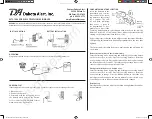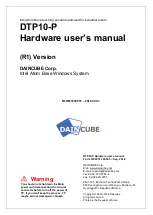
10.
Welcare Stay-Dry Children’s Upper Arm Bedwetting Alarm
Progress Chart
• We have included a progress chart and stickers to help track of the child’s
progress. Ask the child if they remember the alarm going off and what they did.
• You can also introduce a reward scheme for positive behaviour to encourage
the child to want to succeed.
Completion of Training
• The child should continue to use the alarm until they have had 14
consecutive dry nights.
• It can take up to 12 weeks for a child to be fully dry at night without
needing the bedwetting alarm.
• To reduce the chance of relapse, the process of “overlearning” can be
implemented.
Ask your healthcare professional if the child should trial this
process before discontinuing the alarm. This process should
not
be used if
the child is on Desmopressin medication.
• The child should have a large drink each night in the hour before bed and
continue with alarm training, until a further 14 consecutive dry nights have
been achieved.
• When the child has reached 14 dry nights in a row using the over-learning
method, the alarm can be removed and the pre-bedtime drink stopped.
• A relapse is considered to be when the child wets the bed two or more
nights consecutively. If relapse occurs, repeating alarm training will
often produce a good response.
• If bedwetting persists after 3 to 6 months of alarm training, alternative
treatment options should be considered.
Using the Bedwetting Alarm
- continued
WBA100_Instruction-Manual_110x80.indd 10
11/07/2018 11:16 AM






































